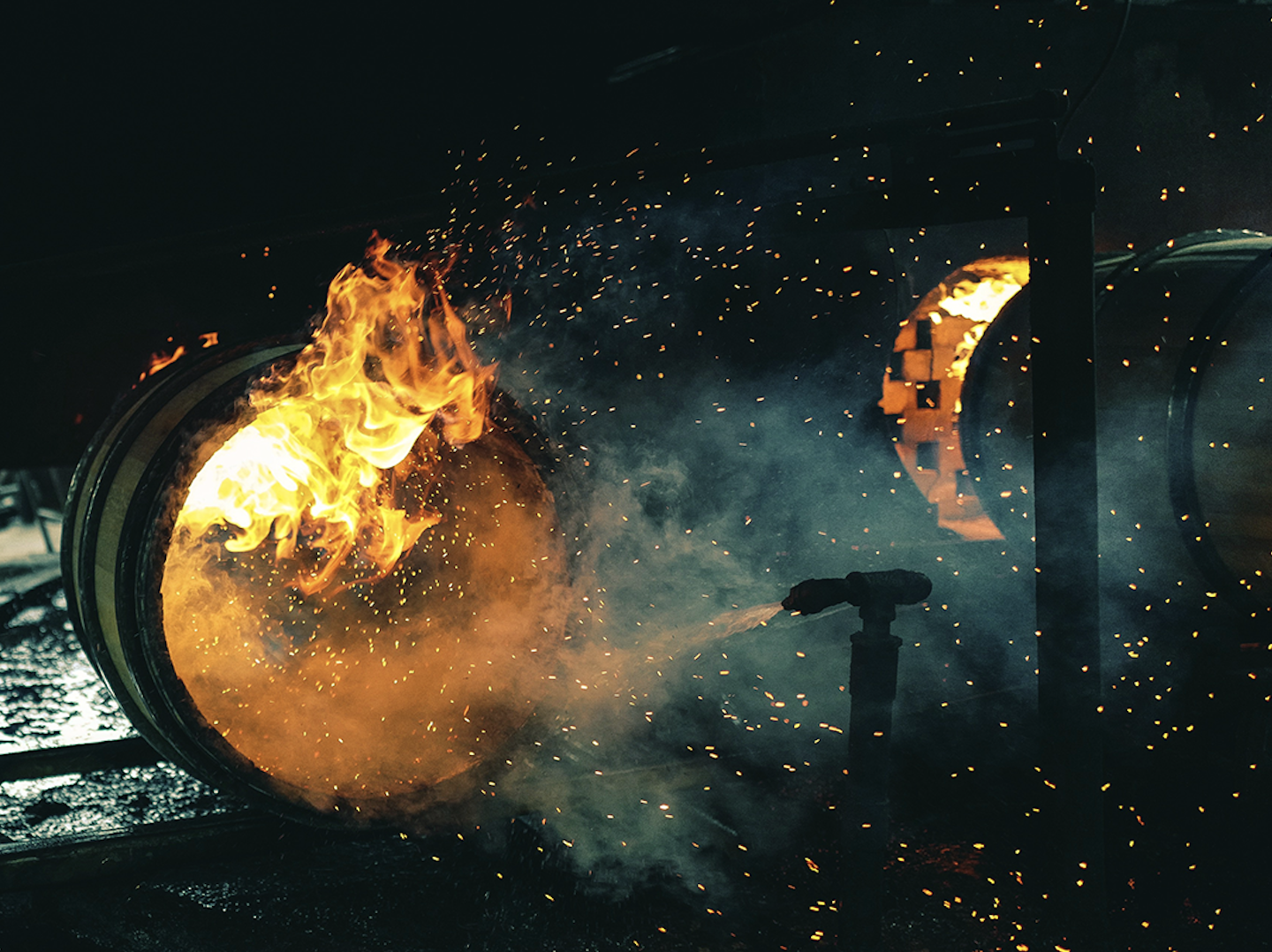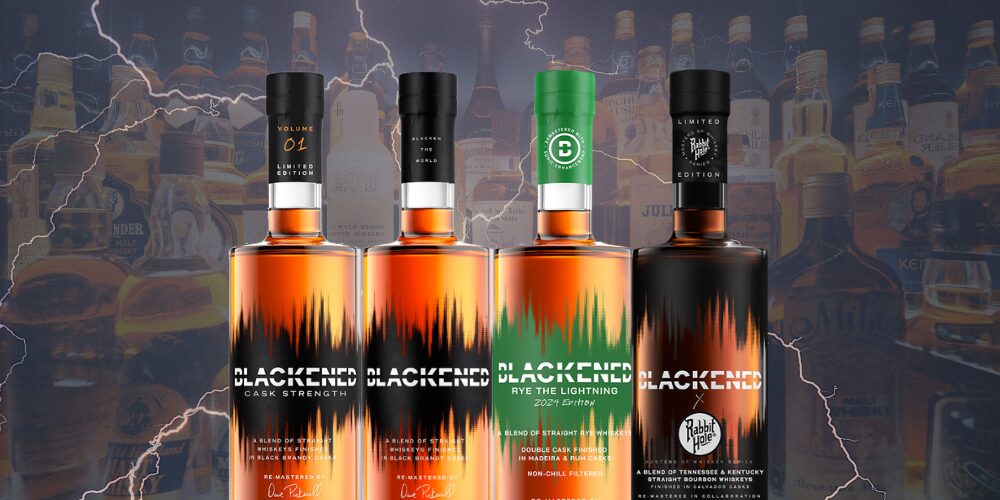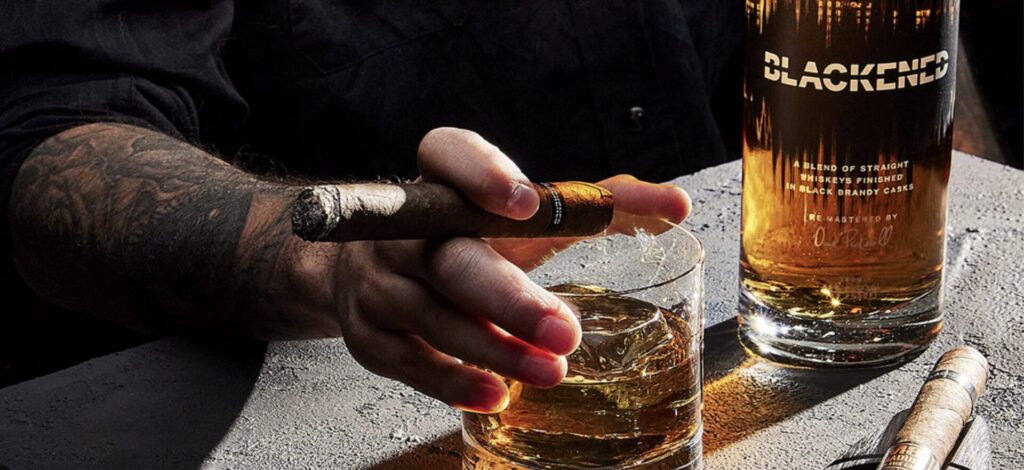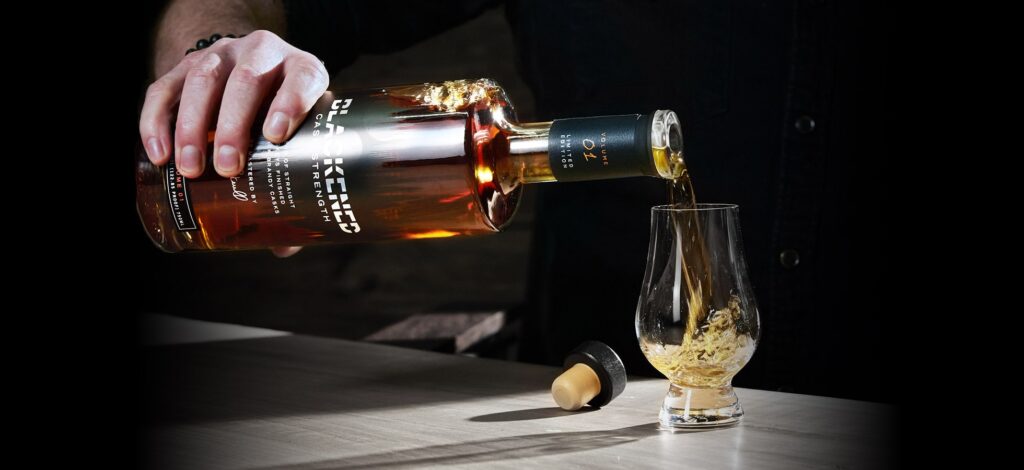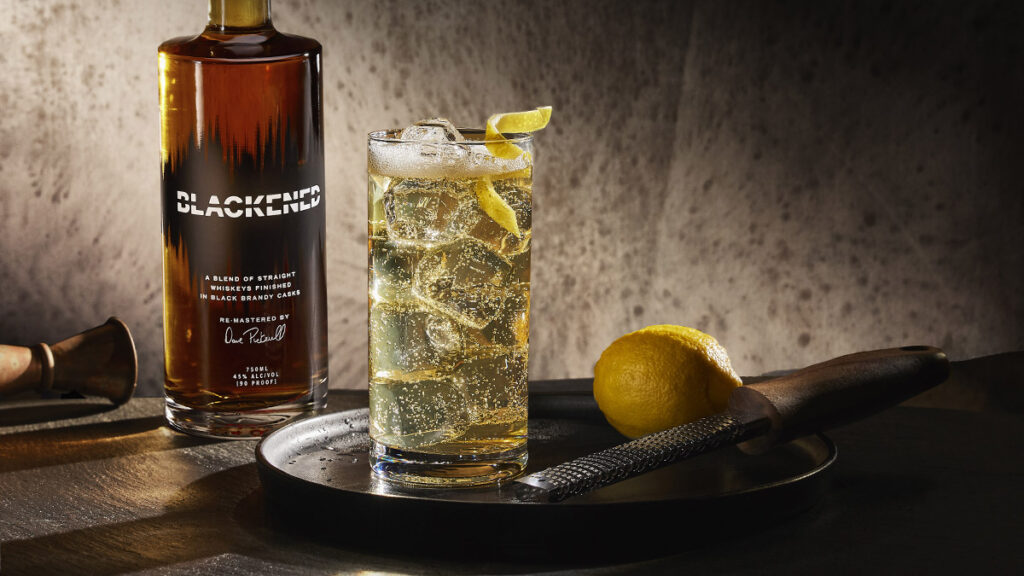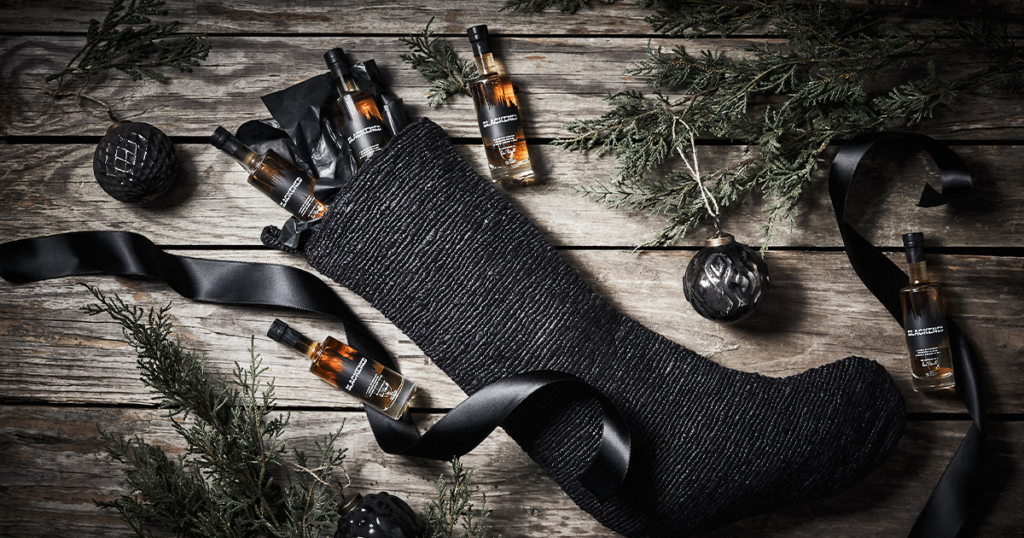ENHANCING WHISKEY’S ESSENCE: WHY WE CHAR & TOAST
SIZE MATTERS: THE INFLUENCE OF CASK SIZE ON FLAVOR
NATURE’S INFLUENCE: HOW ENVIRONMENTAL FACTORS SHAPE CHARACTER
While in the barrel, several factors like climate, temperature, and humidity impact the aging process.
In warmer places like Kentucky, the barrel expands and contracts due to temperature changes throughout the day. This causes the liquid to move in and out of the wood more rapidly, strengthening the flavor.
Whereas, in colder climates, like Scotland or England with more consistent day-to-night temperatures, whiskey (or should we say whisky!) matures more slowly, creating more subtle wood flavors.
Other factors that can shape the flavor during aging are different humidity levels, which affects the amount of evaporation within the barrel (known as the “angel’s share”) and can concentrate flavors over time, as well as the aging environment, also known as terroir, which can add its own flavor elements. Whiskey aged by the coast often takes on salty and briny notes, while whiskey aged in high-altitude or mountainous regions can have more floral and mineral notes.
Or in the case of BLACKENED Whiskey, exposing the liquid to low frequency sound waves, which we call sonic-enhancement, or BLACK NOISE™ , can accelerate the interaction between the whiskey and the wood, extracting more flavor.
WHAT IS BLACK NOISE?
When you listen to a loud bass, you can feel the vibration or movement in your body. Similarly, low frequency sound waves can make the liquid move inside the barrel. Imagine a filled barrel in a warehouse, placed on the rick, and left for a number of years – undisturbed and still. Now imagine taking one of those barrels and exposing it to movement instead. This is what we do during our sonic-enhancement process.
Each batch of BLACKENED is played a unique batch playlist of Metallica’s music, which, in turn, forces a deeper interaction between the liquid and the barrel and turns up the volume dial on the intensity of flavor.
AND FOR THE FINISH…
When people talk about ‘finishing’ whiskey, they mean transferring the whiskey to a different barrel to add another dimension to the aging process. Typically, this new barrel has previously contained a different type of alcohol, such as sherry, port, or wine. This change allows the spirit to absorb more unique flavors and characteristics that have been left behind in the wood from the previous contents.
When it comes to BLACKENED, our flagship edition is finished in Brandy casks, which adds notes of apricot to the liquid, playing perfectly alongside the honey and caramel notes of the blend
However we also deploy distinct finishing techniques as part of our Masters of Whiskey Series. The first, a collaboration with Willett Distillery’s Master Distiller, sees a straight rye whiskey finished in Madeira casks, resulting in a spirit that boasts buttery caramel, earthy mint and fresh cut hay flavors on the palate, and cinnamon butter & dark walnut on the finish.
The second, a collaboration with Angel’s Envy Co-Founder, Wes Henderson, created a Kentucky straight bourbon finished in white Port wine casks. This finish resulted in an abundance of pear & raisin on the nose, and more pear, honey, chipotle cinnamon & walnut on the palate.
Our newest MOW collaboration, with Rabbit Hole Distillery’s Founder & Hall of Fame whiskey maker, Kaveh Zamanian, sees a bourbon whiskey blend finished in Calvados apple brandy casks. This created a layered and complex liquid with apple butter, rhubarb, honey-suckle, graham cracker, macadamia nut on the nose, and notes of smoky campfire & field clover on the palate.
So as you can see, in the world of whiskey, the barrel is not just a vessel; it’s a time-worn partner in crafting flavors. It involves the subtle distinctions between charring or toasting of the wood, and the careful selection of barrel sizes, the location you store the barrels in and how you finish the aging process.
In the end, these elements, managed by the talent of distillers, each play a pivotal role in shaping the final spirit and come together to create unique symphonies of flavors and aromas that define each brand. Cheers to the barrel and all it adds.

